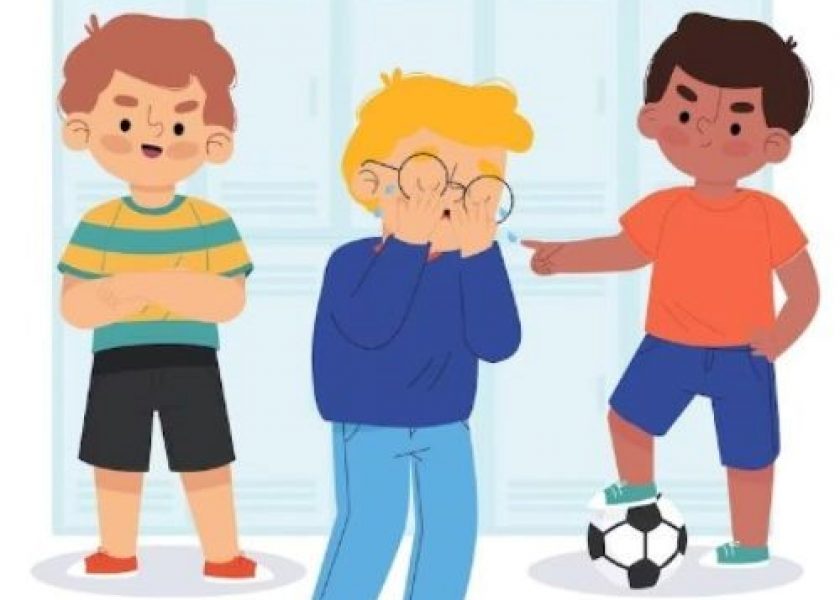
Why do Kids Bully: And how can Parents Address it
Childhood bullying is a distressing issue that negatively impacts the well-being of children and requires urgent attention. This blog aims to delve into the reasons behind “why do kids bully” and provides valuable insights for parents on addressing this issue effectively.
As we explore this topic, we’ll also take a closer look at some of the valuable resources that could come in handy when addressing this topic. This book offers a compelling narrative to help children and parents navigate the challenges associated with bullying.
Why do Kids Bully: Understanding the Root Cause
Children may engage in bullying behavior for various reasons, such as seeking power and attention or attempting to cope with their own insecurities or difficulties. It’s crucial for parents to recognize these underlying factors to address the issue effectively.
Empathy and Emotional Intelligence
When dealing with the subject of “why do kids bully” developing empathy and emotional intelligence in children is essential. By teaching kids to understand and share the feelings of others, parents can nurture empathy, promoting kindness and compassion.
Open Communication and Active Listening
Creating a safe space for open communication with children is vital. Encouraging them to express their emotions, concerns, and experiences can provide valuable insights into their social interactions. Active listening allows parents to better understand their child’s perspective and respond appropriately.
Setting Clear Expectations and Boundaries
Establishing clear expectations and boundaries regarding acceptable behavior is extremely important. By setting consistent rules and consequences, parents can guide their children toward respectful and empathetic interactions, discouraging bullying tendencies.
“Billy the Bully”: A Valuable Resource for Children and Parents


Sharon Linen’s captivating work, “Billy the Bully,” presents a compelling narrative that dives into the multifaceted nature of bullying. By immersing themselves in the protagonist’s transformative journey, young readers are given a valuable opportunity to cultivate empathy and develop a deeper understanding of the consequences their actions can have on others.
Notably, this book serves as more than just a story—it serves as a catalyst for essential conversations between parents and children about the topic “why do kids bully”. With its thought-provoking themes and relatable characters, “Billy the Bully” equips parents with a solid foundation to engage in meaningful discussions and effectively guide their children towards kinder, more compassionate interactions.
Conclusion
Parents play a pivotal role in addressing and preventing bullying behaviors, considering the pressing concern of “why do kids bully.” By comprehending the underlying causes, nurturing empathy, encouraging open communication, and utilizing valuable resources such as “Billy the Bully,” parents can actively combat this issue. Together, let’s create a secure and inclusive environment that fosters kindness, empathy, and respect among children, thereby mitigating the impact of bullying.




